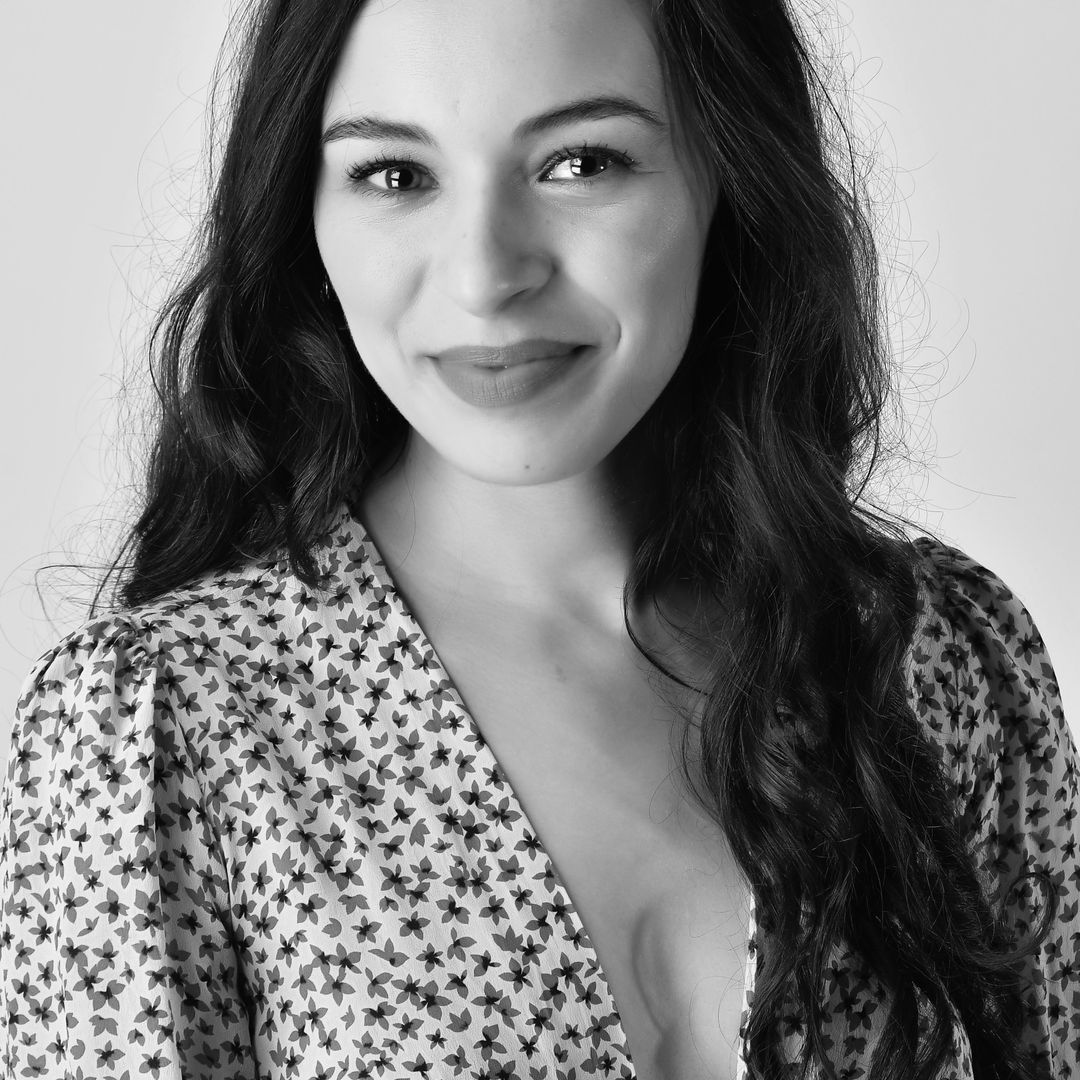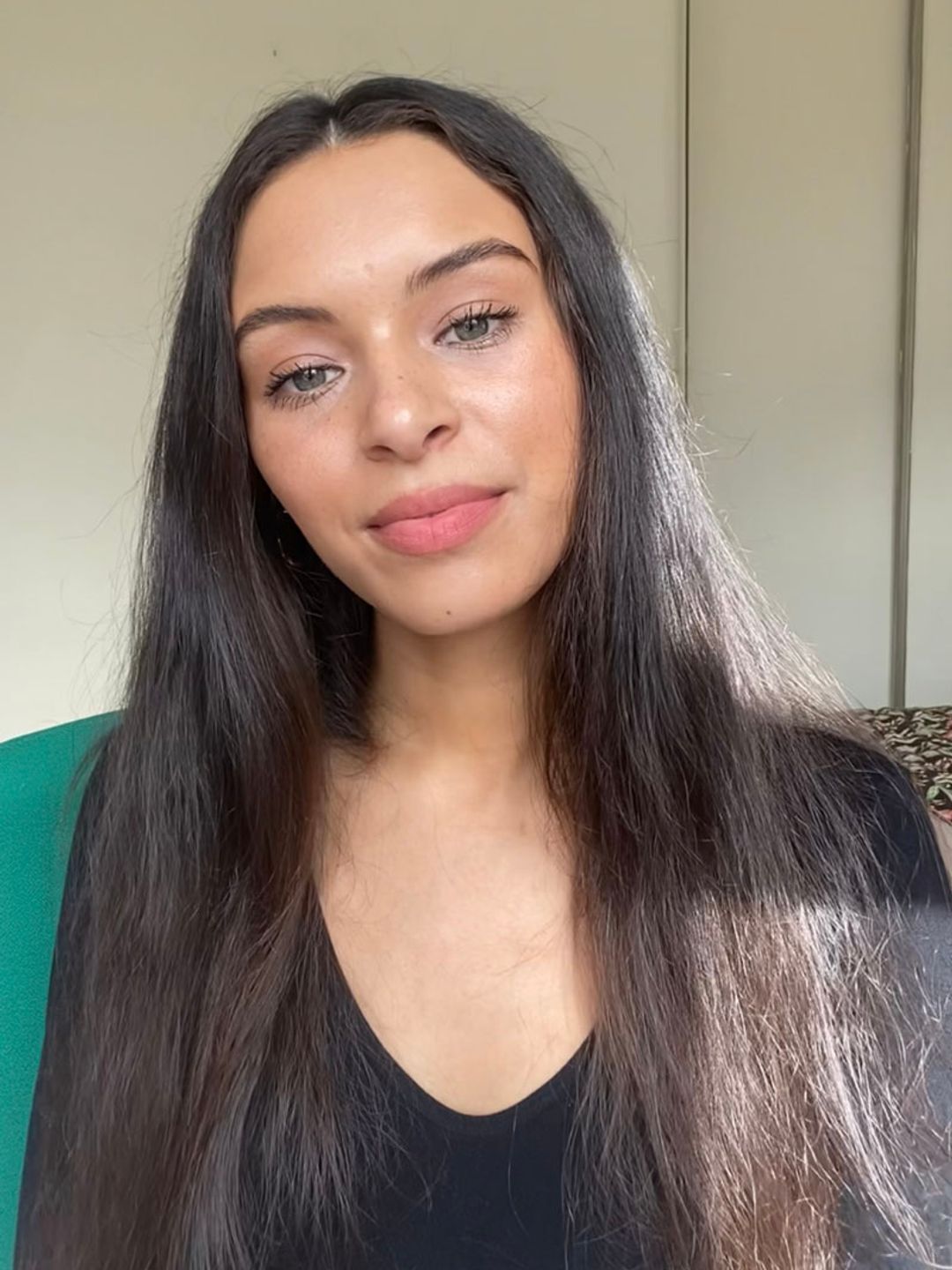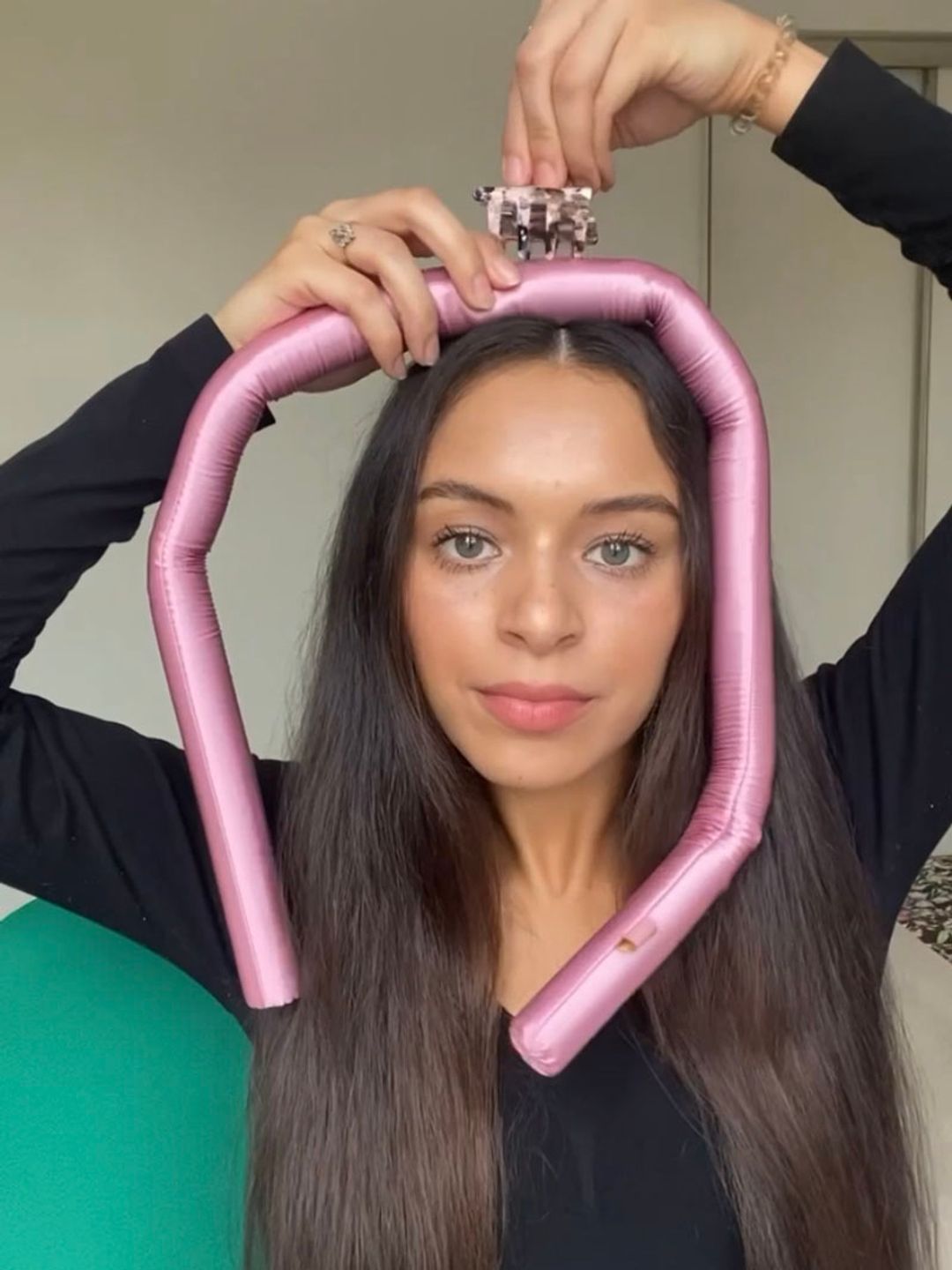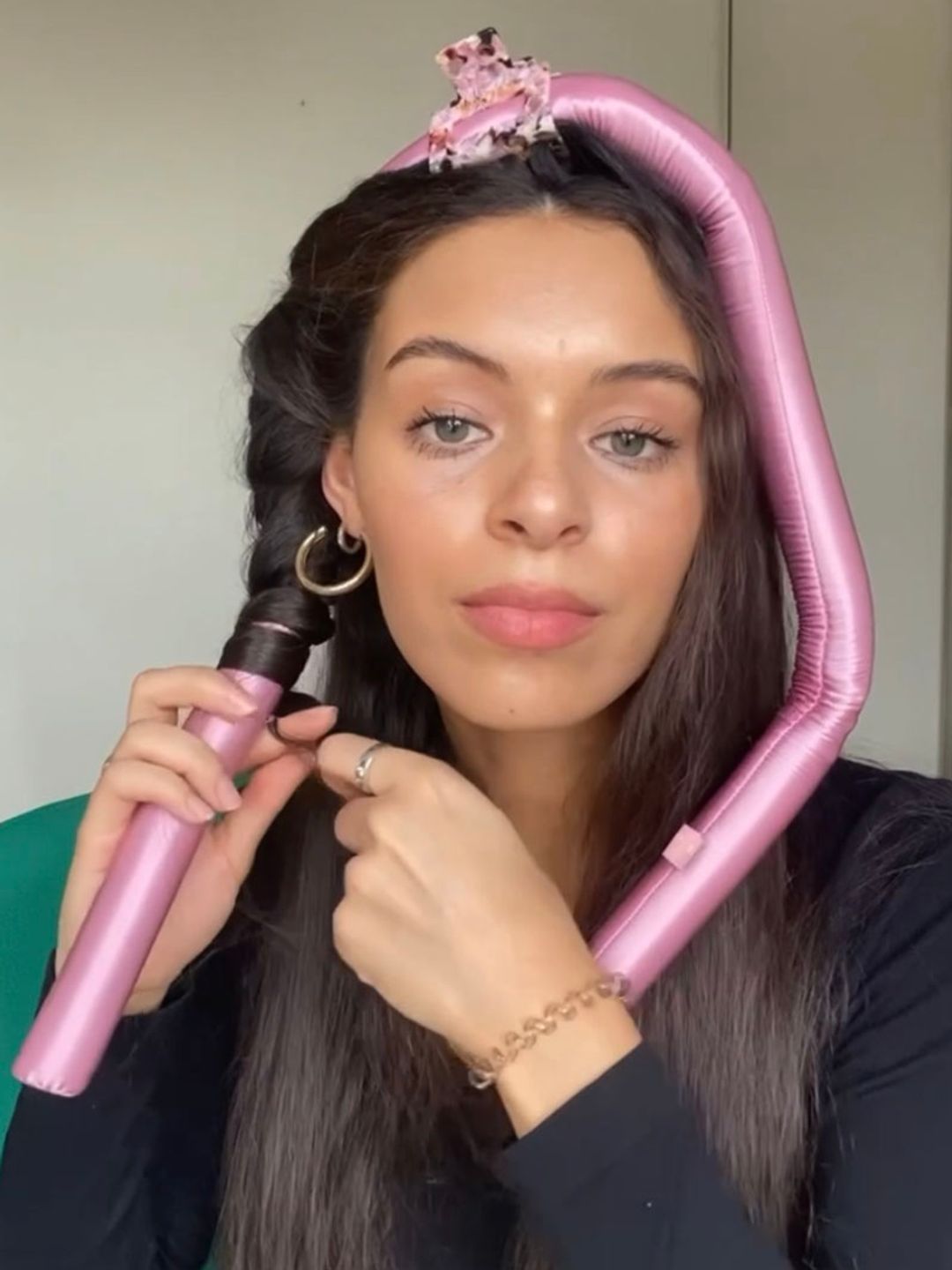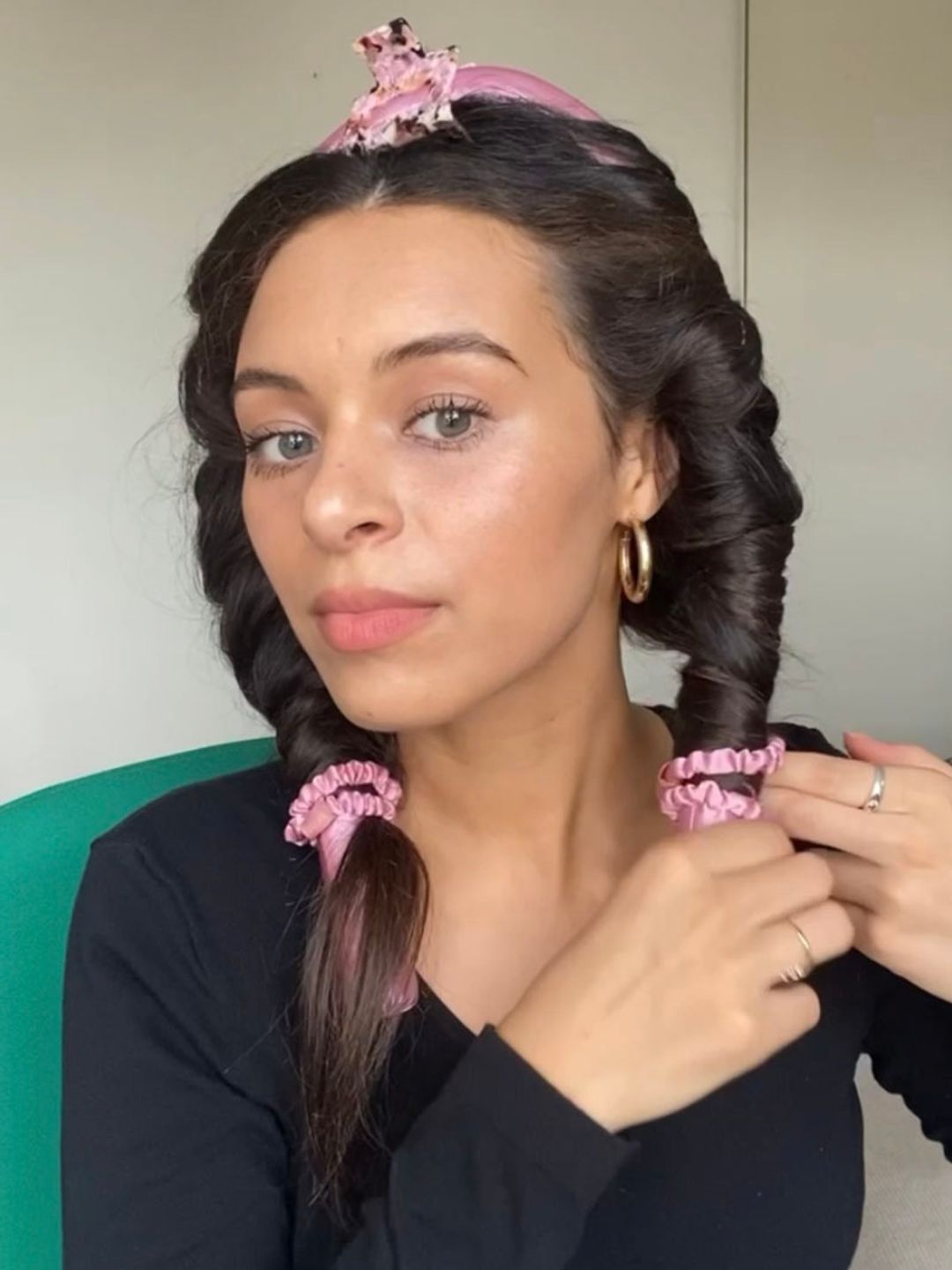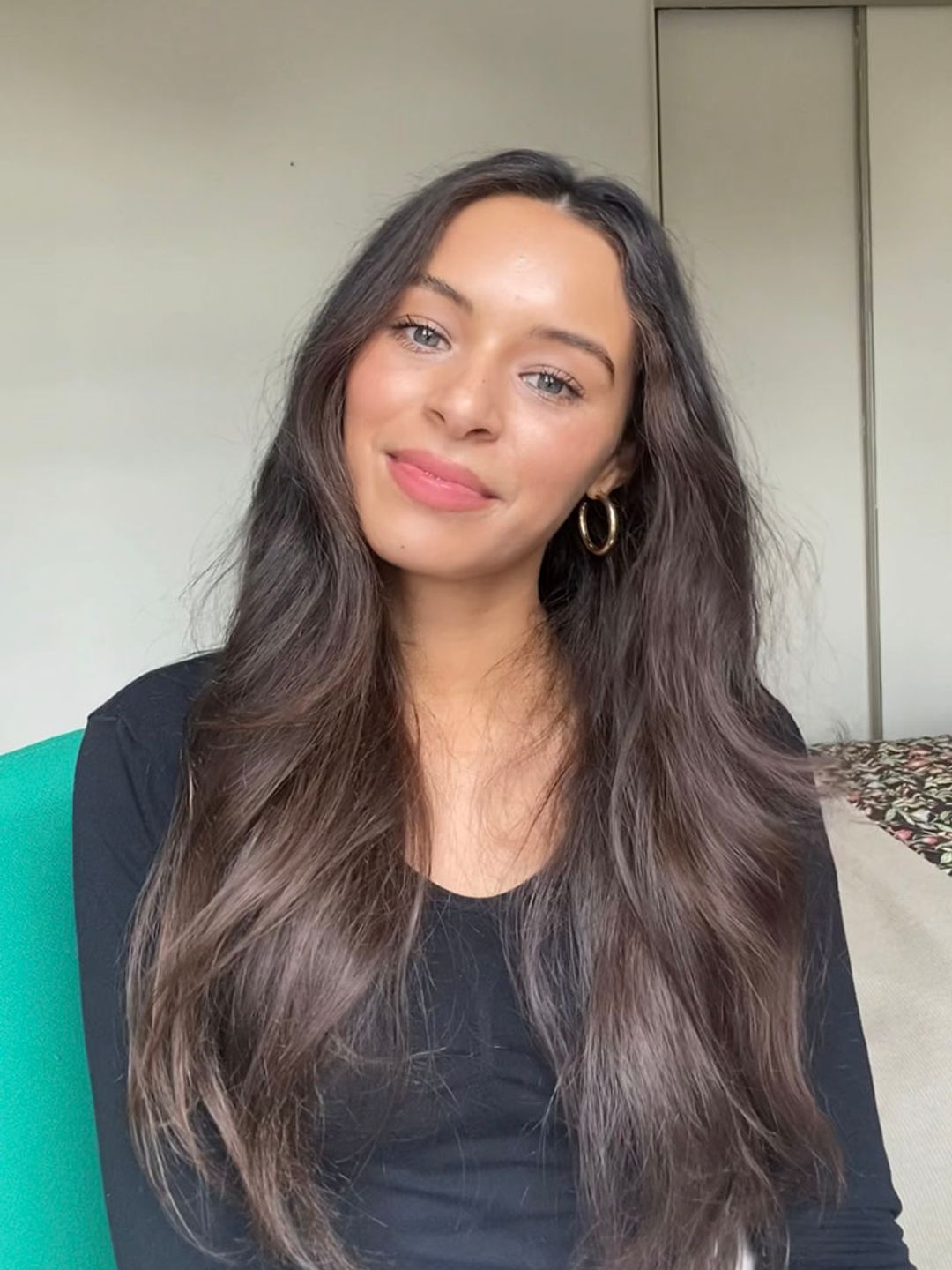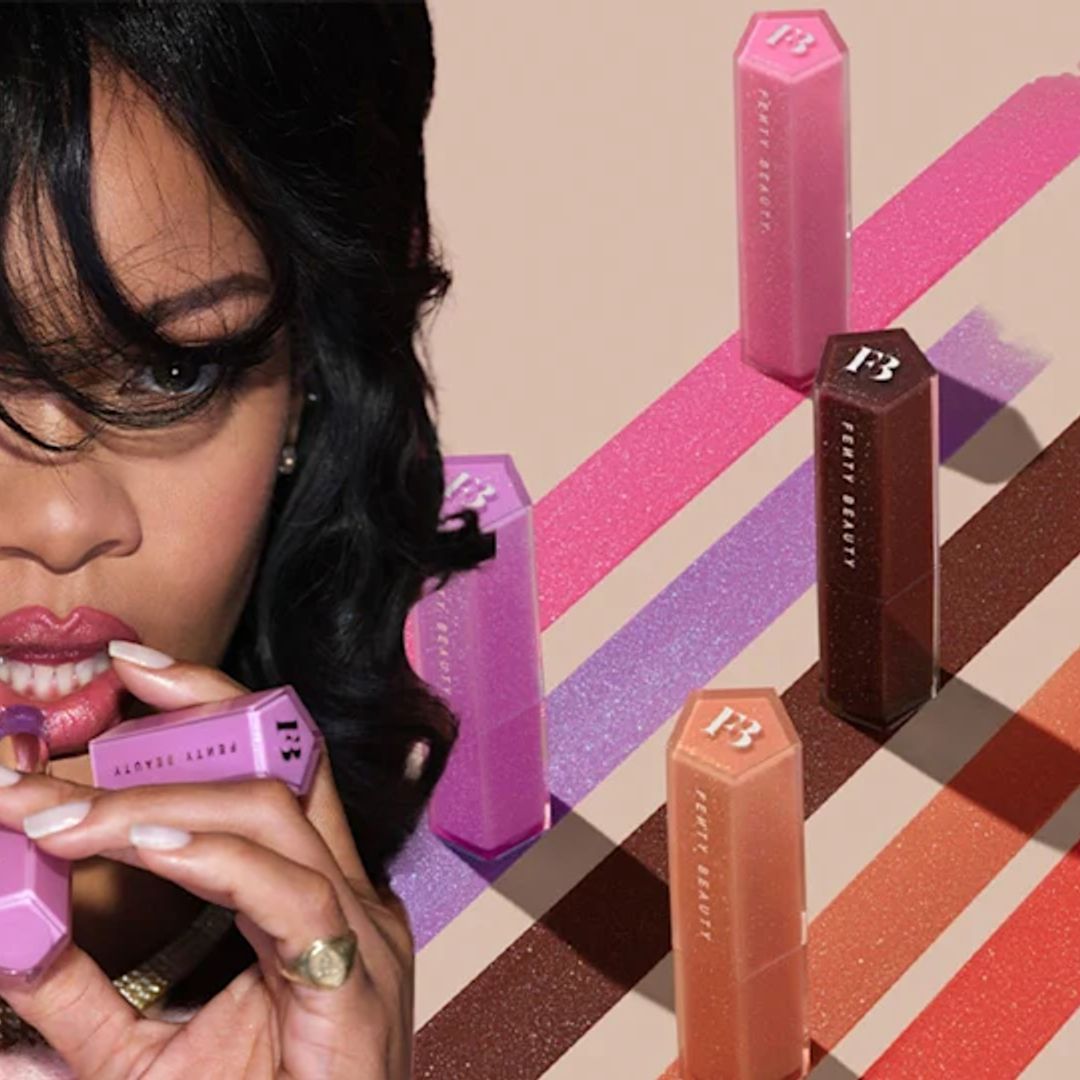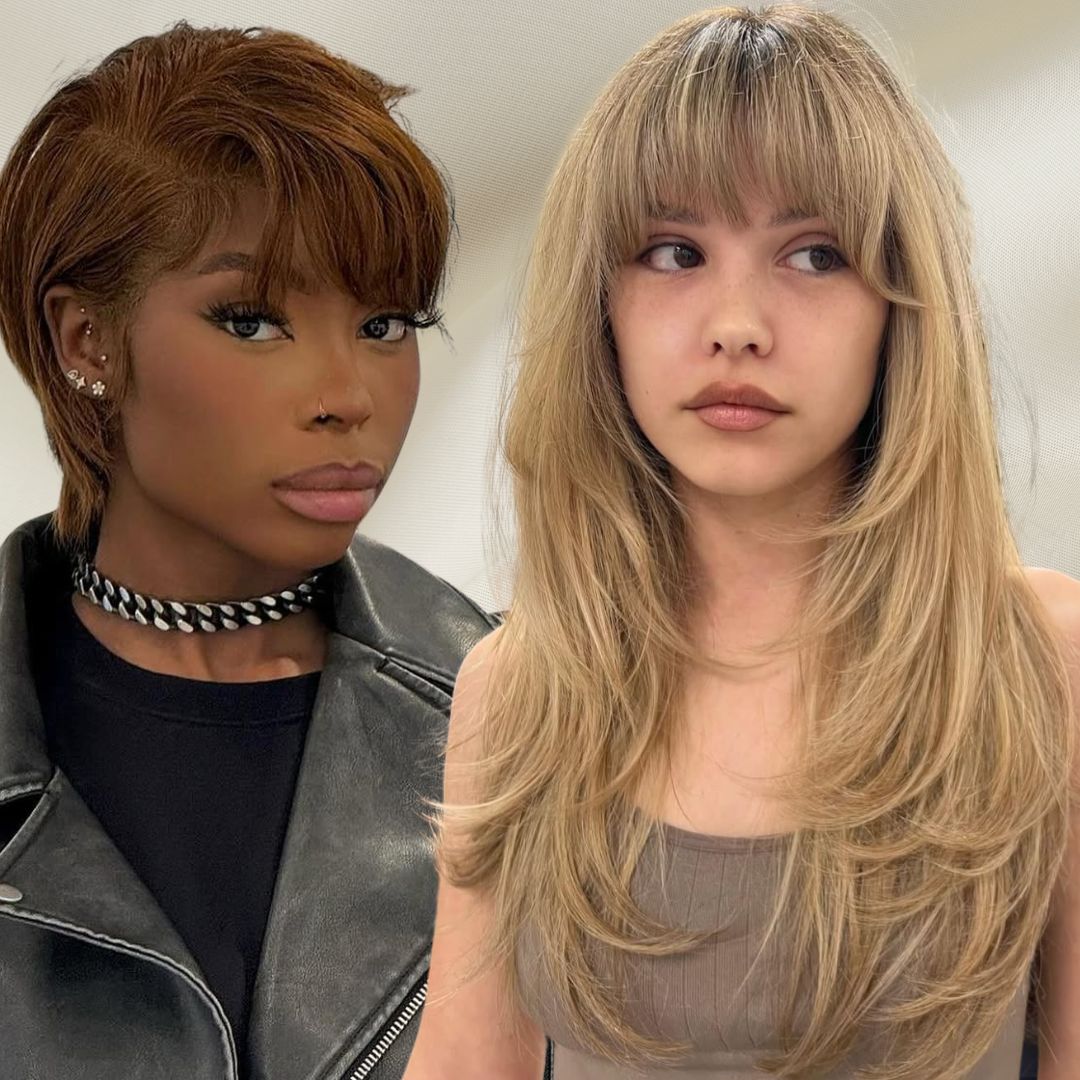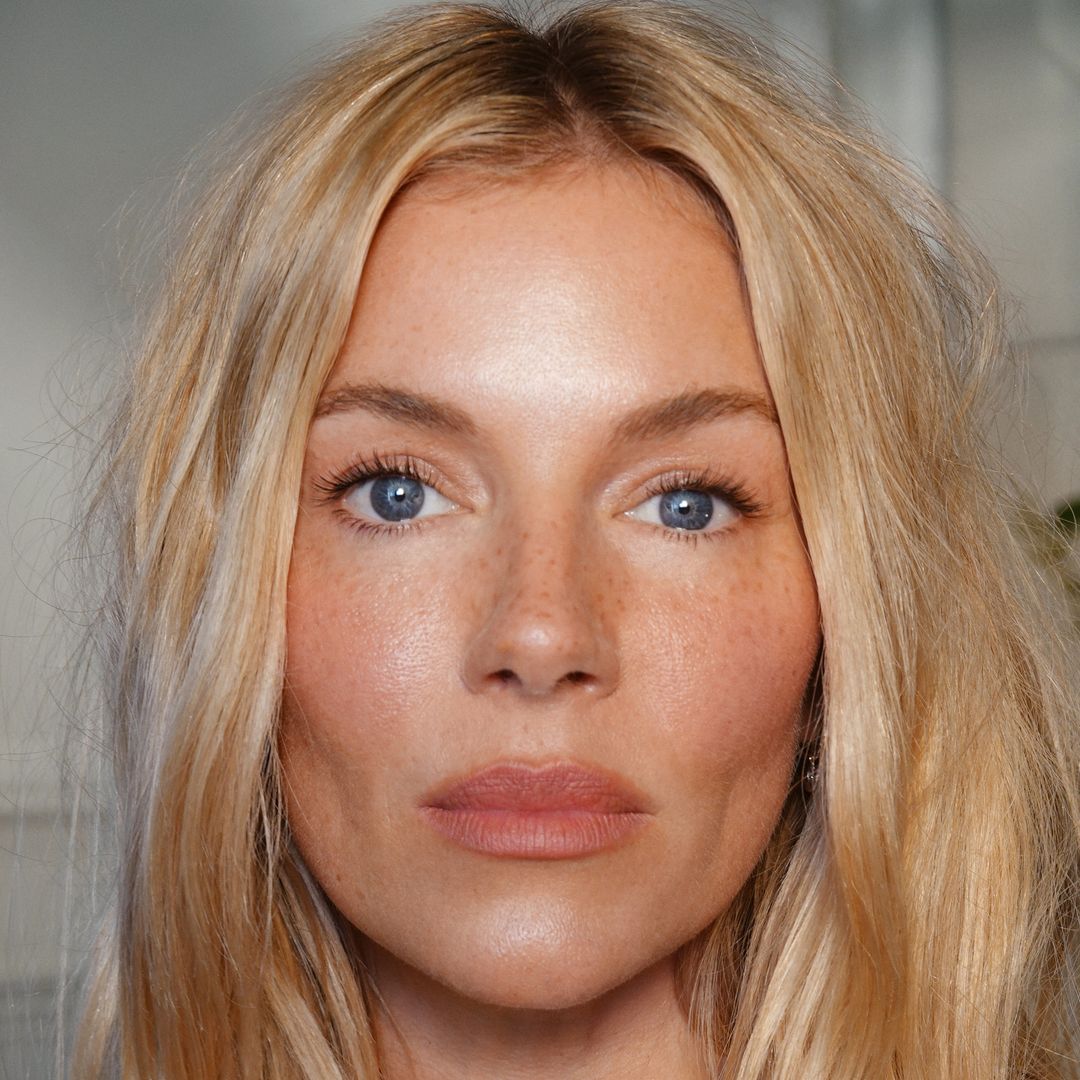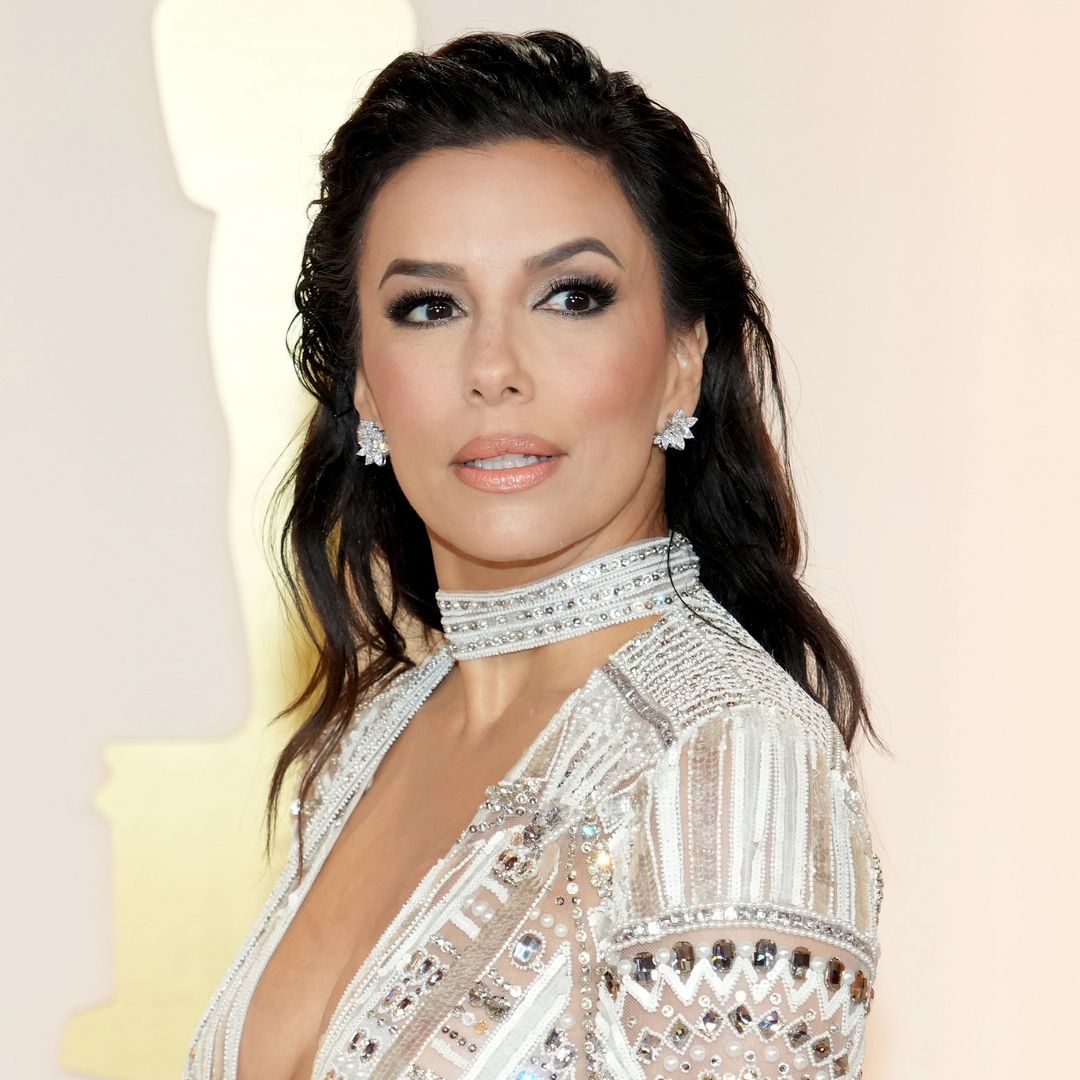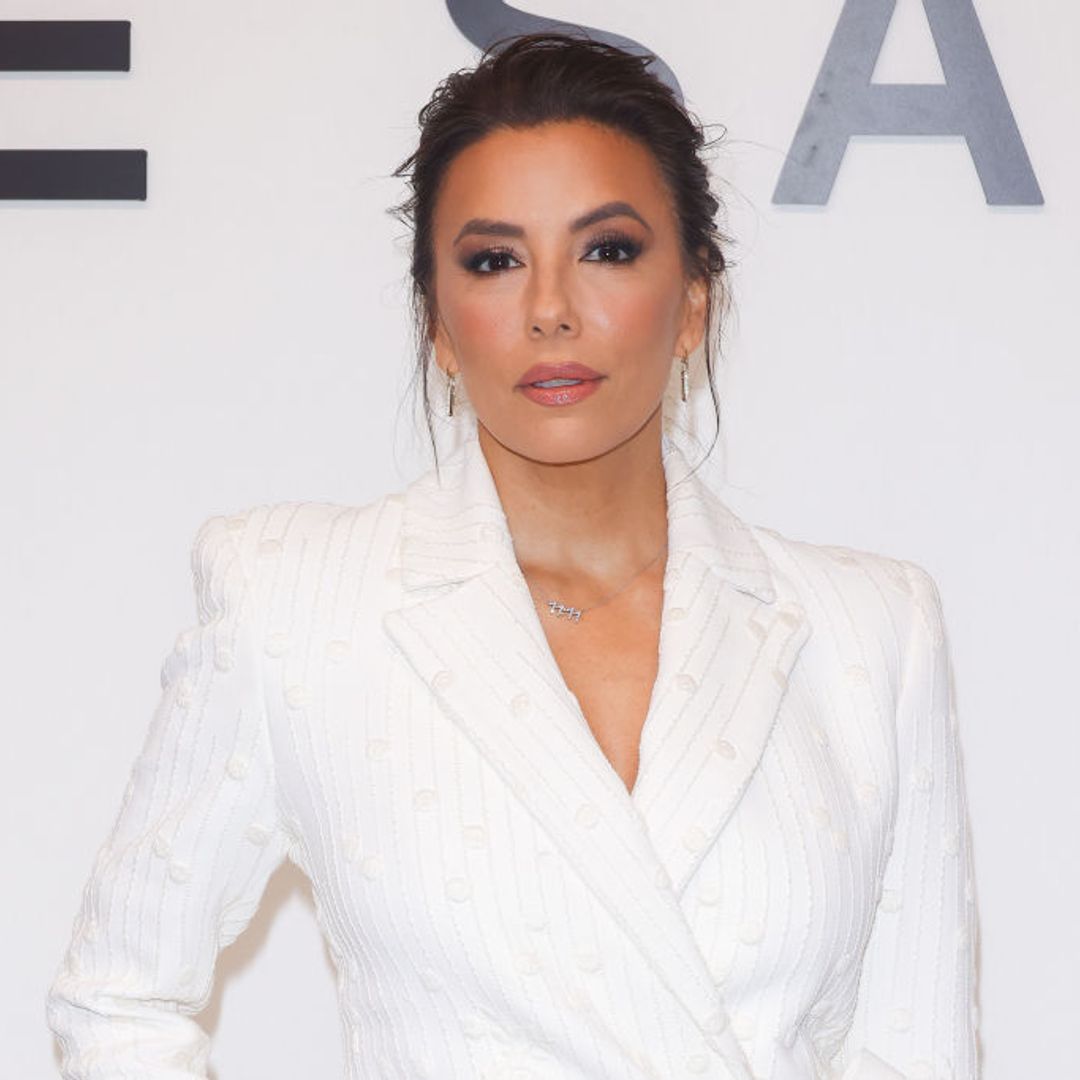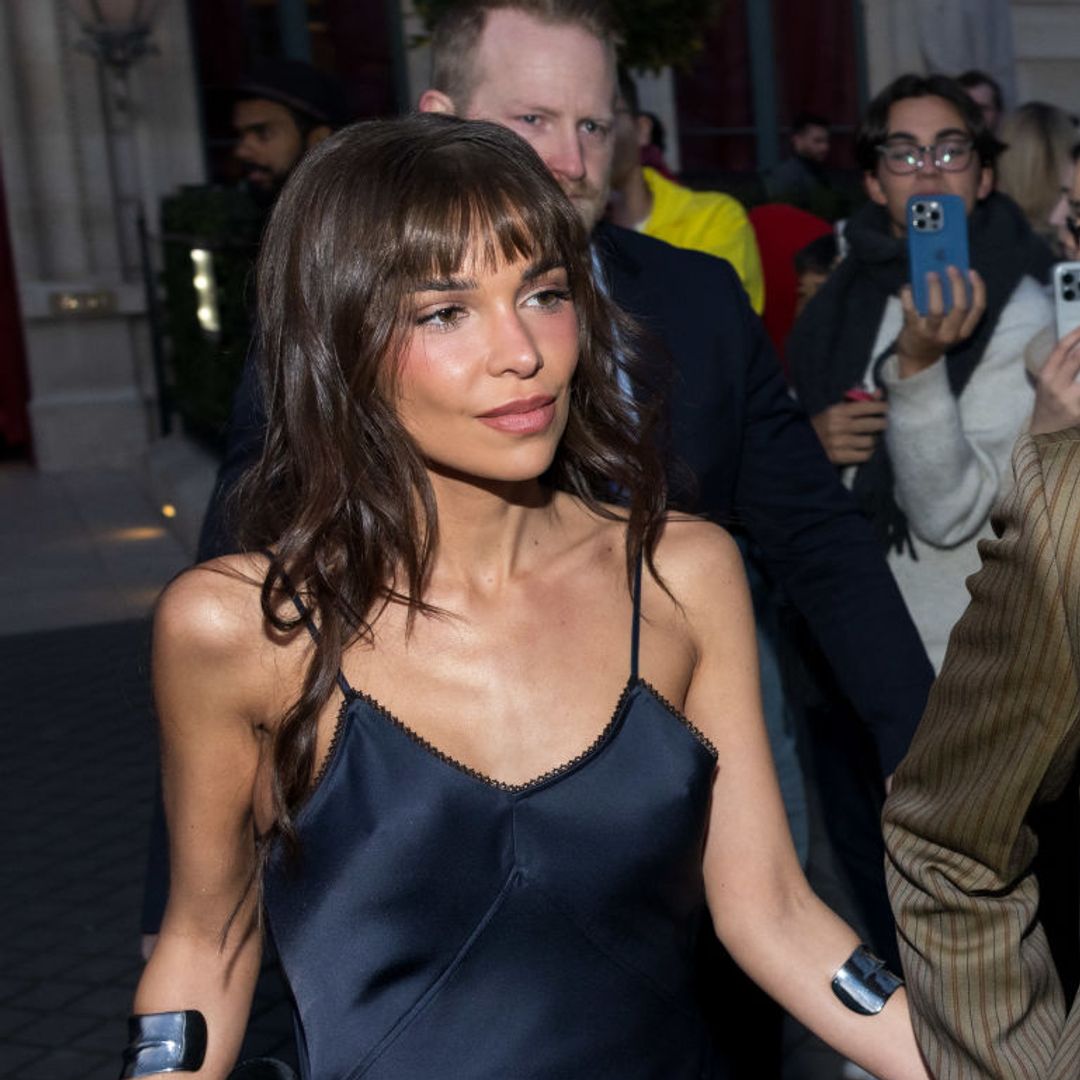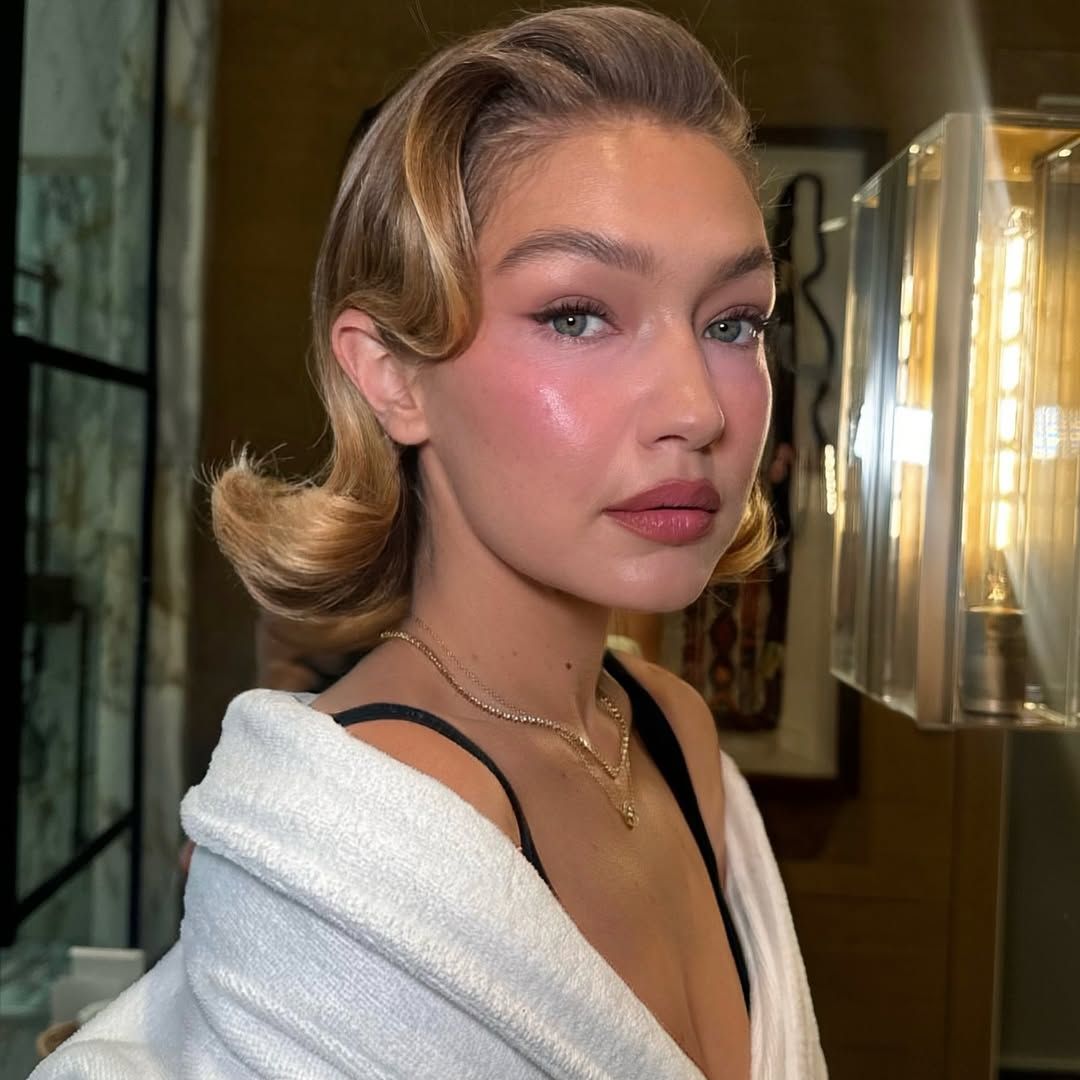Modern beauty hacks are ten a penny, but sometimes the most effective techniques are the ones that have stood the test of time.
Heatless curlers and rollers have been around since forever, adored by the It-girls of the 1940s and 1950s. But now, in pursuit of wondrous, bouncy curls, a new crop of beauty obsessives are taking them for a spin.
Posing a hair-friendly alternative to hot styling tools like curling wands and barrel wavers, they have captured TikTok's hack-hungry audience, with #heatlesscurls having amassed more than 6.2b views.
READ: Carrie Bradshaw’s heatless curls are going viral on TikTok, here’s how to get the look
Heatless curlers won't cut it for a last-minute event, but if your beauty prep time allows, they could come in super handy for achieving glossy, mermaid-like waves.
How do heatless curlers work?
Three key chemical bonds make up the hair's keratin chain: ionic, covalent and hydrogen. When your hair gets wet, the hydrogen bonds are broken and can be reset in a different shape. Wrapping your hair around an object and allowing it to dry fully in that position – often overnight, as recommended by many modern curling kits – means the bonds will temporarily reform around this new shape.
Do you use heatless curlers on wet or dry hair?
After shampooing and conditioning your hair as usual, allow it to reach the damp stage, especially if you are planning on leaving your heatless curlers in overnight. "Never do it from wet as your hair will still be damp in the morning," advises celebrity hairstylist Paul Jones.
You can use a hairdryer to speed along the process or leave it to dry naturally, but essentially your hair shouldn't be sopping wet. If you already have clean hair, you can simply lightly mist your hair with a setting spray to dampen it.
READ: Short hairstyles: 24 ideas for some serious 2023 inspiration
MORE: Everything you need to know about tape-in hair extensions
Are there any hair types that work particularly well with heatless curlers?
Heatless curlers can produce impressive results on those with malleable hair types. "Most hair types respond well to them," Paul says. "But if your hair is naturally curly, I would maybe avoid it." The key here is to think about what you're trying to achieve. Those with fine, flat hair can improve their chances of a voluminous effect by using a texturizing spray beforehand, and those with frizz may like to opt for silk or satin versions for a smoother finish.
How to use heatless curlers:
With my curiosity thoroughly piqued, I decided to take the plunge and try a kit by one of the leading heatless curler brands, Silke London. My hair is prone to frizz so I went in with a hairdryer to smooth my front sections beforehand.
Use the claw clip to secure the heatless curler in place at the top of your head. Paul advises starting at the root and separating your hair into similarly sized sections for an even curl.
Take the section of your hair closest to the front and begin wrapping the hair around the curler, away from the face. "A mirror is really helpful and wrap them up within a hair net to stop them getting messy throughout the night," Paul says. This part took me a few tries to get right because I have masses of hair, but curling one section at a time really helped.
Work your way downwards and check that no stray under-sections have escaped. Secure the ends in place with the silk hair ties and you can remove the clip.
How long do you need to keep them in for?
This depends on the look you're going for. Super tight, defined curls require more time, whereas I was able to achieve a more relaxed, looser feel within a couple of hours. "As there is no heat involved, the longer the better really, which is why people sleep in them overnight," Paul says. "Longer than four hours is best for it to really make a difference." Once your hair is fully dry and the time has passed, you can unfurl the curls and assess the results.

